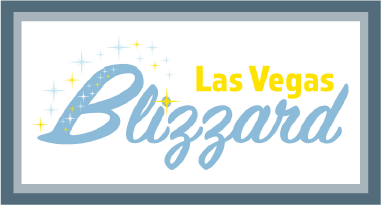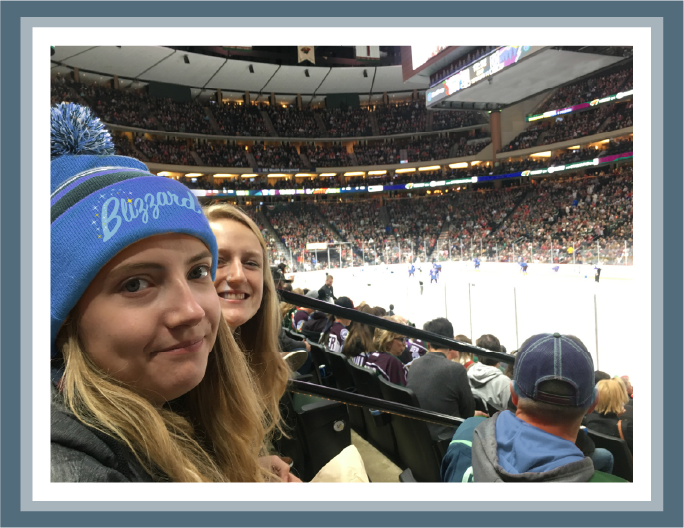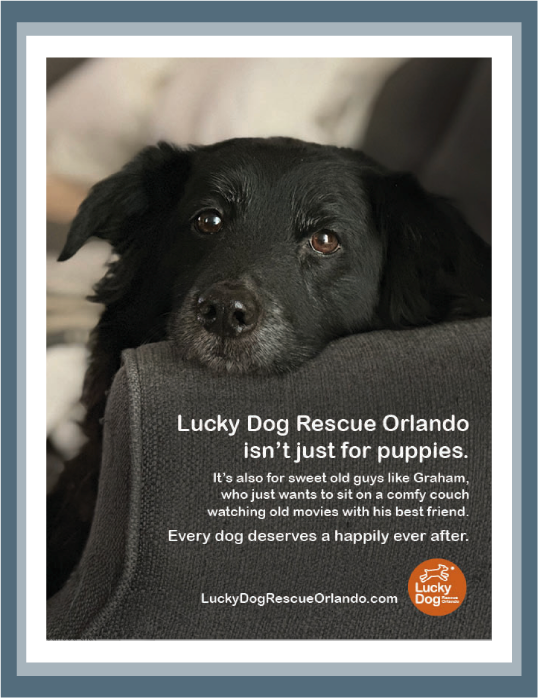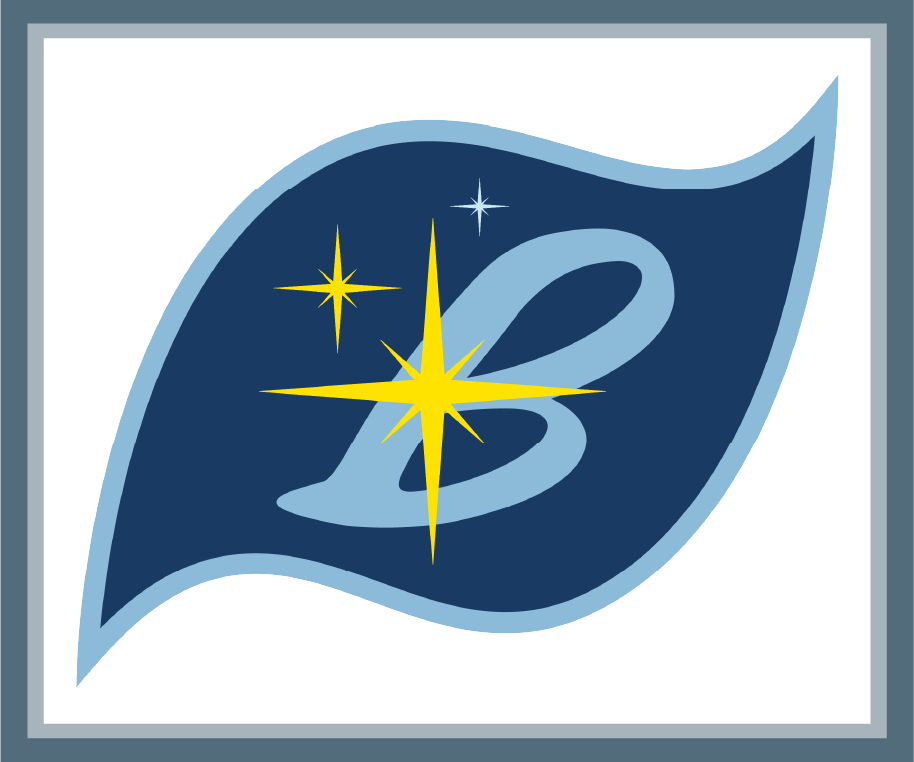COMPETENCIES
ACQUIRED
“Every great design starts with an even better story.”
— Lorinda Mamo
THE CLIENT PROBLEM
The information learned and skills gained during the courses all point to the need to fully understand the client’s business problem will drive the entire process. It is the north star for a designer. Felton (2013) shared Settle and Alreack’s Shopping List of Needs, which includes the need for achievement, succorance, stimulation, and mu favorite, affiliation. Each need creates a focal point for all assets and copy created. For my thesis project, having a focal point to return to again and again made it easier to make decisions.
DEFINING CLIENT NEEDS
Creating a collaborative relationship with a client will lead to better product design. Designers and business leaders often speak a different language, but it is the job of the designer to focus on the client and their business. Customer service, in retail or business, has been a passion of mine and being able to use these skills in service of a better relationship with the client and creation of the product is exciting to me.
BRANDING FOR ATTENTION
Branding is storytelling and the key to meeting client and consumer needs. A brand, at its base level, is a way to identify the maker of a product with a mark directly on the item or package. The evolution of the brandmark from identification of the maker to a nuanced image recognized around the world is fascinating, Humans love to find connections.
BRANDING FOR HUMAN CONNECTION
Humans have been drawn to a tribal lifestyle from the beginning of their evolution. Despite the impulse to be independent and alone, humans crave community and connection. Maslow’s Hierarchy of Needs, proves that creativity, respect for others, and belonging to a group are at the top of the pyramid. The information learned in the first week of branding from Millman (2010) and Halloran (2014) has informed many of the decisions I have made in this course. Using my visual design and marketing skills, and serving others, are the keys to personal and professional satisfaction for me.
DETERMINING AUDIENCE NEEDS
Consumers form a relationship with a brand that goes beyond needing it to satisfy their hunger. Halloran (2014) goes so far as to compare it to a romance between the product and the consumer. Understanding the culture and personality of the consumer and the brand informs all design decisions. These emotional connections must continuously be nurtured, because an audience can quickly turn on a brand if it becomes reliable.
CONNECTING TO AUDIENCES MEANINGFULLY
This program learning outcome is a continuation of the elements that go into branding. To connect to an audience meaningfully, the designer must understand the stories of their lives. As a media designer, I have great tools at hand, but my imaginations and fascination with how the story affects the consumer is a perfect way to start a project.
WRITING AD COPY THAT SELLS
A copywriter must have a deep understanding of the product’s features and benefits, develop a well-researched persona, and create an ad that holds their attention long enough to compel the reader to take attention. Short-form copy for advertising or copy on the back of a package is a skill I learned more deeply in this course. I gained a better understanding of the history and methodology behind copywriting for advertising.
WRITING FOR RADIO
Radio relies on the listener’s imagination. The copy needs to make a quick and lasting impact to compel the consumer to take action when they need the product. A clever turn of phrase could become a tagline for a company or the words in a jingle. Wordsmithing is a favorite activity of min and using these skills sparked my interest in an area I hadn’t thought of before. Writing and performing the voiceovers for the Lucky Dog Rescue Orlando projects are skills I learned and will use going forward.
TYPEFACE RESEARCH
All creative decisions have an impact on design, including choice of typefaces to use in a project. Research behind the creation and previous uses of a typeface is imperative, especially when creating a wordmark-style logo for a client. The typeface chosen will have a subtext or implied meaning, too. With mere seconds of viewing, a customer will decide whether or not to purchase the product, which will have an economic impact on the client. Through research into the psychological impact of a typeface, learned to look into the deeper meaning and visual impact these choices will have on projects.
IMAGERY
Art and design are both forms of visual communication, but their purpose and end-use is often quite different. Art is subjective - the artist and observer can declare any meaning behind their artistic choices. Design, on the other hand, is used to communicate information using visual design decisions that will compel the viewer to action. Through the readings, research, and projects, I gained an understanding and appreciation of the importance of ensuring the scale, balance, color, texture, and placement all affect the efficacy of final product.
ELEMENTS OF VISUAL DESIGN
A successful design project must be a combination of elements of design, including line, form, shape, space, movement, and more (Jirosek, 1995). The human mind has an innate desire to make sense of what it sees, which is referred to as Gestalt Theory. The definitions presented by Jirosek will be a guide I will keep close while I continue my design journey.
STAYING ORGANIZED
To integrate my role as a graduate student, while working a full-time job with an ever-changing schedule, I had to use many tools to keep organized. I have used several methods to stay organized during this degree program. Checklists are the most useful and I’ve been using those since high school. During the ninth month, Professor Kratz has us fill in a production schedule that needed to be updated and re-submitted with any changes. By creating micro-deadlines for my projects, tackling the bigger assignments was not as stressful. A white board with colored markers broke down all the details in the first months of the program, but the rhythm of the weeks and months became part of my everyday life, which lead to less stress. However, 10:59pm on Sundays will haunt me for a while.
COLLABORATION
Several times throughout the Media Design program, my classmates and I were put into groups to discuss each month’s class. We filmed our meetings and talked through the program learning outcomes and our understanding of the concepts. I was able to connect with students in my cohort through these meetings. As an online student, we lose some of the spontaneous conversations and learning moments in-person students enjoy. But, through these monthly connections, I knew I had a group of trusted individuals to reach out to as needed. The professors, as well, were willing to provide feedback and assistance as needed. It is inevitable that I will be working remotely in this field. I feel more prepared for working this way than I did before the program started.
GRIT AND AMBITION
The first month of the Media Design program was dedicated to understanding my learning styles, inspiration from several figures in history, and getting to know how the program works with its weekly topics and four-week courses. We did assessments in our levels of grit and ambition. My highest scores were in overcoming setbacks and being a hard worker. My lowest score showed that I am distractable. At his time I am still distractable, but I have learned coping skills and understand that this will inevitably happen during projects. Looking back over the last 11 months, though, I am proud of the work I have done and the commitment to excellence that will stay with me going forward.
REFERENCES
Felton, G. (2013). Advertising concept and copy. W. W. Norton & Company.
Halloran, T. (2014, Jan). Romancing the brand: How brands create strong, intimate relationships with consumers. Jossey-Bass, a Wiley brand. https://learning.oreilly.com/library/view/romancing-the-brand/9781118828977/
Jirousek, C. (1995). Art, design, and visual thinking. Cornell University. Retrieved on 11/17/24. http://char.txa.cornell.edu/
Millman, D. (2010). Why We Brand. Video. KV Summit 2015. Menlo Park, CA: Khosla Ventures. Retrieved on 5/31/25. https://www.youtube.com/watch?v=vQ0ht_9QxQs













